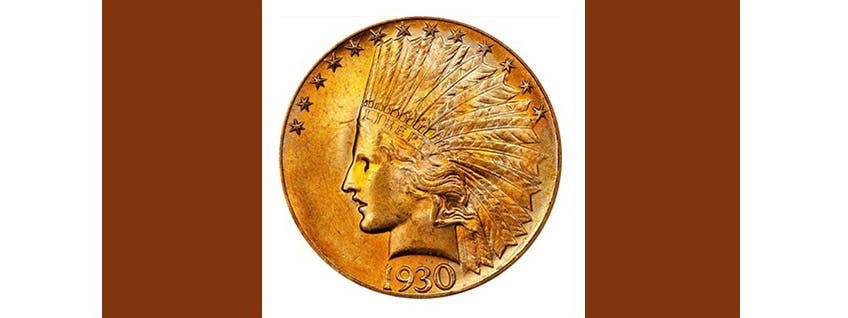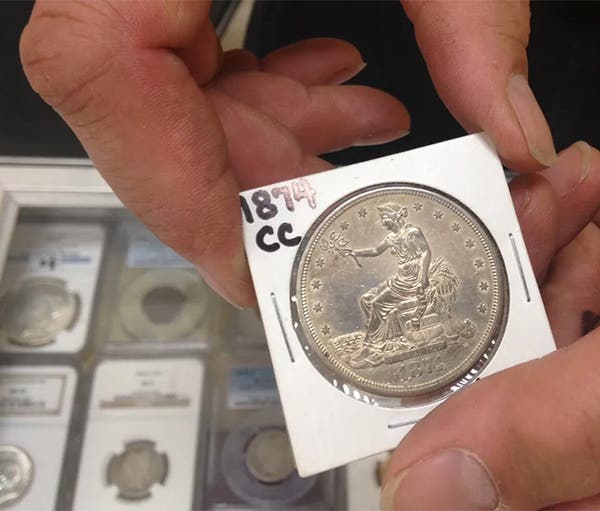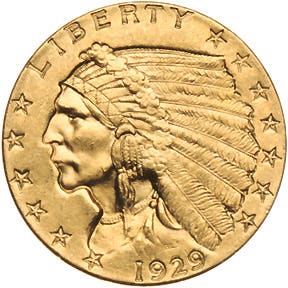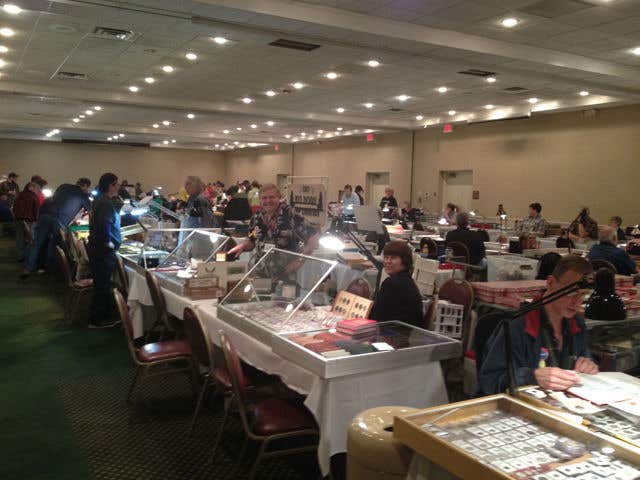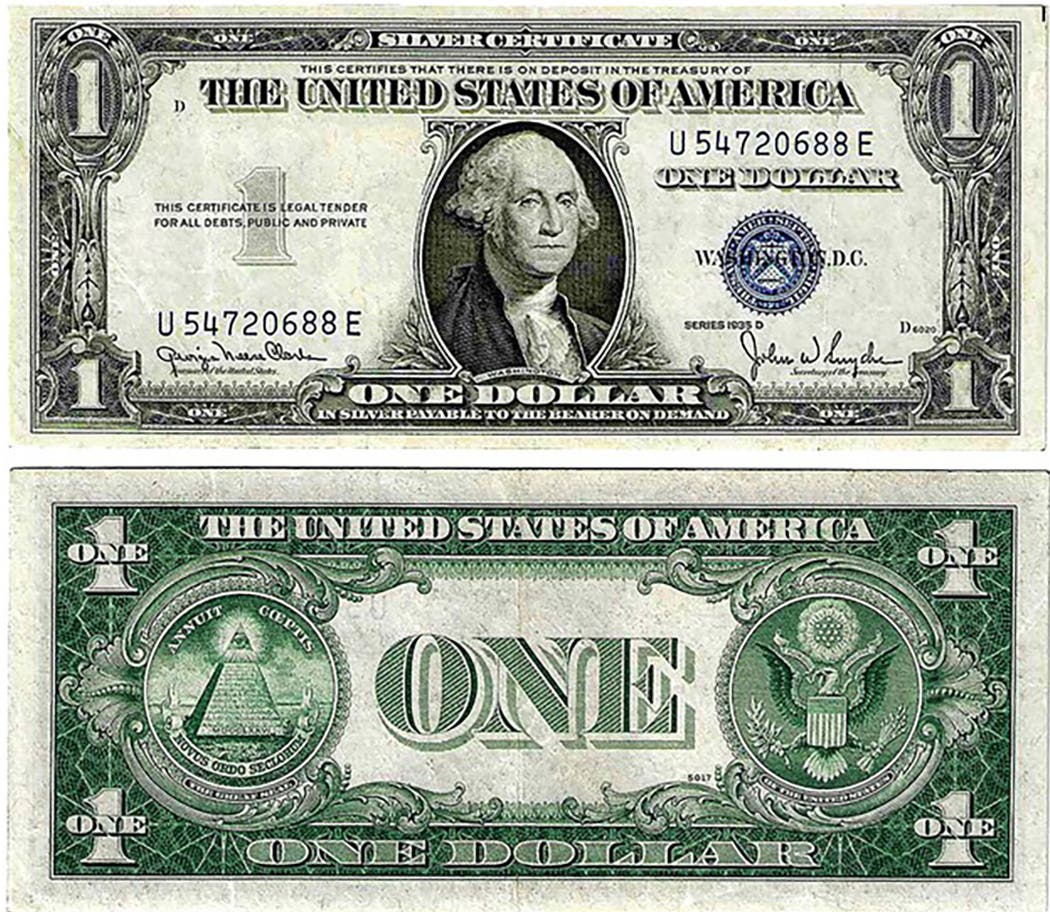Still at the Center of It All, the Morgan Dollars
Some United States coin series undergo periods when they are hot, then times when they are cold. Classic commemorative half dollars might qualify as a good example. Some seem to…
Some United States coin series undergo periods when they are hot, then times when they are cold. Classic commemorative half dollars might qualify as a good example. Some seem to just stay cold, like 2¢ or 3¢ pieces. And some appear to be in the spotlight no matter what happens within the hobby. It’s a fair bet to say that Morgan dollars fall into this category. With the year 2021 marking the centennial anniversary of both the end of the Morgan dollar series and the start of the Peace dollars – and with possible commemoratives for this – now might just be a good time to see how affordable these ever-popular Morgan dollars can be.
Issued from 1878 up to 1904, and then in one final torrent in 1921, the Morgan dollars are the design work of Mint engraver George T. Morgan, who would later rise to be the seventh person to hold the office of Chief Engraver, and came out of a total of five Mints over the course of this time: Philadelphia, New Orleans, San Francisco, Carson City, and for one year only, Denver. The variety of Mints means a wealth of mint marks; and there are also several die varieties that are in the mix as well. Altogether, this makes the Morgan dollar series an extensive and impressive one to complete. And since some of the issues are rather lean in terms of official mintages, a full collection can be an expensive proposition as well. So, how might we go about putting together a decent Morgan dollar collection without bankrupting ourselves in the process?
Start simple
Perhaps the simplest Morgan dollar collection a person might put together is one piece from 1878, whatever Mint – meaning Philadelphia, Carson City, or San Francisco – and the three from 1921 – now Philadelphia, Denver, and San Francisco. The 1878 is a fairly common piece within this series, and the 1921, the ’21-D, and the ’21-S all have mintages that dwarf all the previous years. But what will this short starter set cost us?
The question of cost is a relatively easy one for plenty of United States coin series, but gets complex for the Morgan dollars, simply because they are so heavily collected and meticulously graded, especially in mint state. An MS-60 coin, for example, costs a bit less than $100 for one of the 1878’s from either Philly or the West Coast. But many serious collectors will claim the MS-60 is close enough in cost to an MS-63 or even an MS-64 that the somewhat higher price is worth the expense – about $150 for the piece from the Main Mint. The three Morgans dated 1921 are all wonderfully priced somewhat lower than this.
We have now pegged a couple of prices, and this in turn brings up the question of just how much we are willing to spend on any Morgan dollar. One hopes it is obvious, but this is a question each of us must answer for ourselves. If we have the money to spend on pieces in grades like MS-65, the pride of ownership might be reason to buy. If our wallet can’t stand that sort of pain, maybe something like the just-mentioned MS-63 grades are those upon which we want to focus.
Expand to common dates
From a simple group of four, we can expand any collection of Morgan dollars to include all of the dates and mint marks that qualify as common. And before we argue about what original mintage figure qualifies as common, we might start not by looking at those official mintages, but rather by taking a peek at a recent price guide in an issue of Coins or in Numismatic News, to see which pieces have prices that are basically the same as our starting four.
The baseline price of $100 can be a good one for the common date Morgan dollars. It’s enough to land many of the common date pieces in a mint state grade, and in some cases is actually more than what we’ll need. Again, skimming through price lists, we find that there are even some MS-64 pieces that ring in at $100, or perhaps a bit below. In this way we can move from our original four dollars up to a more substantial number. Now we have the basis of a good collection!
Check those mint marks
In assembling any collection of classic United States coins, those with the ‘S’ mint mark of the City by the Bay, or the ‘CC’ mint mark of the Wild West town of Carson City, tend to command some premium. We certainly can claim that the Morgan dollars are no exception to this informal rule. Yet this love affair we seem to have with these branch Mint coins bears a bit of scrutiny. Specifically, let’s have a go at the Carson City issues.
The Carson City Mint was a response to the discovery of large amounts of silver in the growing west of the United States, and the long journey one had to take to get that silver to the Mint 250 miles away in San Francisco. The 25-mile trip to the young Carson City was not only quicker, but much safer. The first silver dollars it put out were Seated Liberty dollars in 1870. By 1878 it was capable of churning out hefty amounts of coinage and ponied up just over 2.2 million Morgan dollars for the year. While that is a big enough number that we might consider the 1878-CC a common coin, the much larger numbers from Philadelphia and San Francisco that date mean most of us tend to consider it scarce. The $100 price tag we’ve mentioned can land an 1878-CC dollar, but not in particularly good condition. We’ll probably need to double that to get to a specimen that is close to mint state.
In an interesting twist, the 1882-CC and the 1883-CC are two Morgan dollars with lower mintages than the earlier 1878-CC, but with price tags that are not really too much higher. For these two dates, $200 will land one in a grade like MS-60. And although the other ‘CC’-marked dates do tend to cost more, a careful look through any price list proves that ‘more’ does not mean ‘through-the-roof-expensive.’ It certainly seems that at least some of the Carson City Morgan dollars could be added to any growing collection.
Add one gem?
One of the wonderful aspects of putting together any new collection is finding that one coin, that one blazing beauty, which can qualify as a real gem or crown jewel, as it were. We’ve mentioned the price tags for Morgan dollars in the mint state grades but have not yet really taken a serious look at them in a grade like MS-65, or even MS-66. But just as we have seen that the Carson City dollars are not impossibly hard to get, let’s see what something like $250 can land us for one of these.
In an interesting twist, the one branch Mint we have not really mentioned has some dates close to the beginning of the Morgan dollar series which are quite affordable in the higher mint state grades. We are talking about coins such as the 1884-O and the 1885-O. This duet of dollars from the Big Easy are listed at about $250 in the coveted MS-66 grade. Perhaps obviously, if we do choose a gem like one of these two, we should go for a piece that has been encapsulated by some reputable, third party grading service. It’s the best way to guarantee we bought the precise grade and won’t end up with a case of buyer’s remorse later, should we choose to sell.
All things considered.
We’ve seen that there are quite a few affordable Morgan dollars, that there are some good-looking ones which we can afford that were minted at the branch facilities, and even that there are some high-end gems connected to decent price tags. Overall, that’s not too bad. Plus, if there is any comfort to be had for those of us looking for high grade Morgans who think the prices we have quoted are still too high, it might be this: the hoped for 2021 Morgan dollars, and their Peace dollar siblings, will probably pour out of the Mint later this year in grades such as MS-69 or even MS-70. It looks like a classic favorite that is always in the spotlight will have yet another chance to shine.




